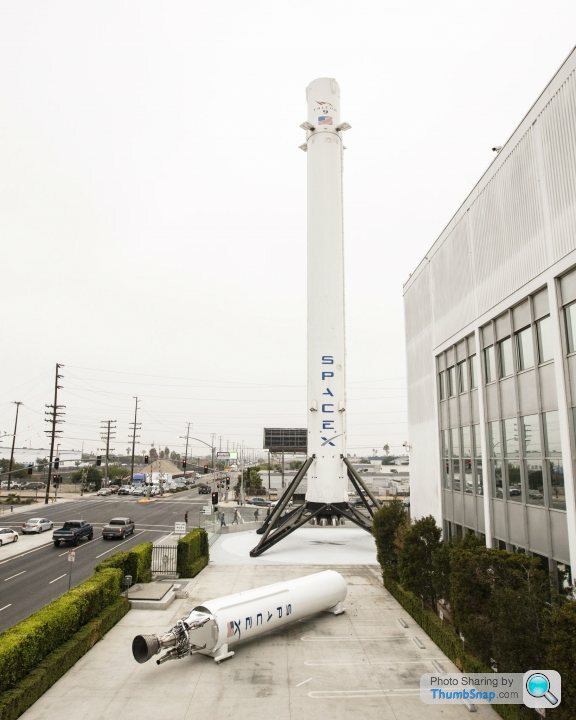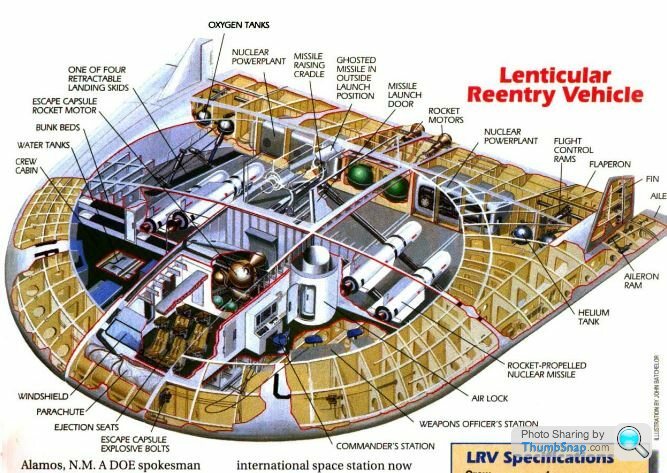SpaceX Tuesday...
Discussion
rovermorris999 said:
annodomini2 said:
Tunnels under the surface rather than construction on the surface, hence The Boring Company.
It would take some heavy lifting to get a boring machine to Mars. )
)I would think the first settlements will aim for ice rather than rock (for the radiation protection), which would require a different system and provide water.
I would expect any type of settlement building would be tested on the moon first. Everything is orders of magnitude more difficult going as far as Mars with a manned mission. You'd ideally want it to be a well-practiced process with lives at risk. I think we are many decades from anything that could be called a settlement on Mars. The moon maybe if the dollars could be found.
Polite M135 driver said:
the same way they're landing rockets on earth, I think, with more deceleration from the engines rather than from air resistance.
Landing with sufficient fuel to take off again will be the biggest problem - I would not be surprised if the first lander is not intended to takeoff, but instead contains a fuel factory to produce LOX and Methane from the Martian atmosphere ( plus some LH2 it took with it or cracked from ice found there ). This fuel would then be used by subsequent landersIt would make sense for unmanned ships to bring hydrogen with them for this, but once people arrive, they can find and use water ice instead. As proposed with the Mars Direct concept in the 90s.
Thanks to the Sabatier process and the 96% CO2 Martian atmosphere, you don't really need to bring much hydrogen to make a lot of methane and water.
Some, or all of the resulting water can of course then be split down into oxygen & more hydrogen. There's lots of tweaking than can be done.
https://en.wikipedia.org/wiki/Sabatier_reaction
https://en.wikipedia.org/wiki/Mars_Direct
Thanks to the Sabatier process and the 96% CO2 Martian atmosphere, you don't really need to bring much hydrogen to make a lot of methane and water.
Some, or all of the resulting water can of course then be split down into oxygen & more hydrogen. There's lots of tweaking than can be done.
https://en.wikipedia.org/wiki/Sabatier_reaction
https://en.wikipedia.org/wiki/Mars_Direct
Edited by Beati Dogu on Wednesday 3rd October 20:22
Polite M135 driver said:
the same way they're landing rockets on earth, I think, with more deceleration from the engines rather than from air resistance.
Which will require a lot more fuel than it does on earth. And that fuel has to be carried all the way to Mars - which means that the fuel has to be lifted off the earth. Which means a very large rocket - possibly larger than BFR - or multiple BFR "tanker" launches and refueling in space. Refueling in space has been carried out in earth orbit before - mainly to top up booster engines on space stations. But it has not yet been done on the scale required for a Mars mission.I'm not saying these things can't be done. But they haven't been done yet and before you can land your big heavy payloads on Mars you are going to have to master these techniques.
Beati Dogu said:
The first recovered Falcon 9 booster and a model of the Falcon 1 rocket:

They're not afraid of upping the scale.
No, indeed there not. 
They're not afraid of upping the scale.

https://en.wikipedia.org/wiki/Pye_Wacket

One for all us space cadets out there..

https://books.google.co.uk/books?id=MxXlKb9wIe0C&a...
Design and up-scaling of Atmospheric re entry [Lenticular] Vehicles with Parachute Descent to surface.
Like the post it was answering..
..are you the forum moderator now?
In fact you probably don't realise that "others" have commented upon your, curmudgeonly, attitude lately.
Looking through your postings however it's becomes obvious you scorn new ideas, you are affronted when anyone else has the temerity to cross these boundaries that YOU have set.
See you've gone and made me sound like Toaster now. Hope your happy.

Like the post it was answering..
..are you the forum moderator now?
In fact you probably don't realise that "others" have commented upon your, curmudgeonly, attitude lately.
Looking through your postings however it's becomes obvious you scorn new ideas, you are affronted when anyone else has the temerity to cross these boundaries that YOU have set.
See you've gone and made me sound like Toaster now. Hope your happy.

Edited by Kccv23highliftcam on Thursday 4th October 13:59
The atmosphere of Mars makes landing difficult for several reasons. It's thick enough that you need a heat shield, but thin enough to mean you need engines and fuel for landing anything big. Also the amount of atmosphere you encounter during landing can vary by a factor of 2 depending on weather conditions. It's not impossible, it's just harder than the Moon or Earth.
Load and go media smear attack totally not funded by boeing.
https://arstechnica.com/science/2018/10/a-shadowy-...
https://arstechnica.com/science/2018/10/a-shadowy-...
Kccv23highliftcam said:
Design and up-scaling of Atmospheric re entry [Lenticular] Vehicles with Parachute Descent to surface.
Like the post it was answering..
..are you the forum moderator now?
In fact you probably don't realise that "others" have commented upon your, curmudgeonly, attitude lately.
Looking through your postings however it's becomes obvious you scorn new ideas, you are affronted when anyone else has the temerity to cross these boundaries that YOU have set.
See you've gone and made me sound like Toaster now. Hope your happy.

It just looked a bit of a random throw in of an old spacecraft idea from the late 1950s.Like the post it was answering..
..are you the forum moderator now?
In fact you probably don't realise that "others" have commented upon your, curmudgeonly, attitude lately.
Looking through your postings however it's becomes obvious you scorn new ideas, you are affronted when anyone else has the temerity to cross these boundaries that YOU have set.
See you've gone and made me sound like Toaster now. Hope your happy.

Edited by Kccv23highliftcam on Thursday 4th October 13:59
You cannot use a parachute for the final descent to the Martian surface. The air is too thin for a 'chute to slow the craft to the point where it can make a safe landing. The bigger the craft you are trying to land, the more acute this problem becomes. A lenticular craft like that won't work on Mars because the atmosphere is way too thin.
There are only two ways to land a craft on Mars gently - have final touchdown using rockets (like Viking, Phoenix, In-Sight, Curiosity etc) or use bouncy air bags. Bouncy air bags don't work for anything larger than a coffee table.
So, to get back to my original point, anything as large as the objects being proposed by SpaceX that need to make a soft landing on Mars, MUST make their final descent and touchdown using rockets. To do that, they need sufficient rocket fuel. The bigger and heavier the craft, the need for rocket fuel grows exponentially. And all that fuel has to be lifted off the earth in the first place.
As I keep saying, it's a very difficult problem to sole. However, I also said it's not unsolveable. Indeed, we already know techniques that can make it work. It's just that no one has done it yet - and SpaceX are not being terribly clear what their engineering solutions for landing these pretty large and heavy payloads on Mars actually are.
And no, I'm not being curmudgeonly. I'm simply asking the question "How do they plan to do it?".
RobDickinson said:
Load and go media smear attack totally not funded by boeing.
https://arstechnica.com/science/2018/10/a-shadowy-...
https://arstechnica.com/science/2018/10/a-shadowy-...

Not content with being paid twice as much as SpaceX to do the same task, it appears they feel the need to smear them too

RobDickinson said:
Not so relevant to spacex really which seems on far more solid footing with shotwell.
I'd like to think that too - but once the CEO is tainted as a person, it could cause problems across all his operations. He just needs to calm down and back off the controversy. Keep doing what he does best - being original and inspirational to his team of engineers.Gassing Station | Science! | Top of Page | What's New | My Stuff


